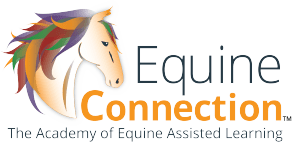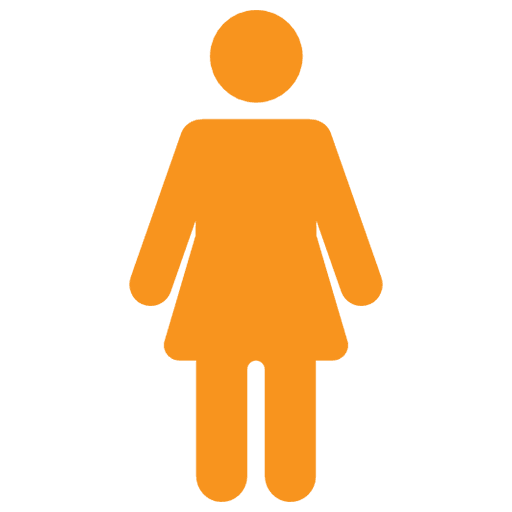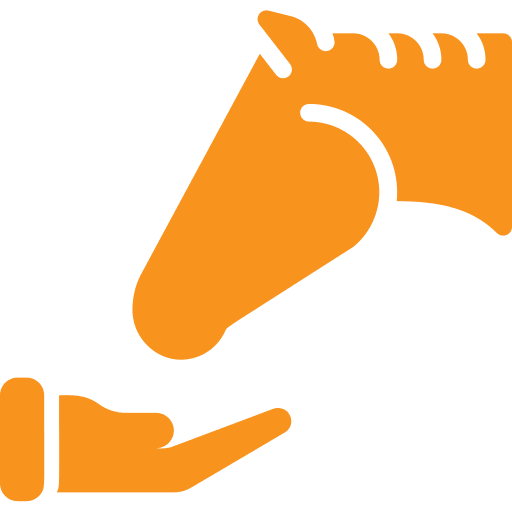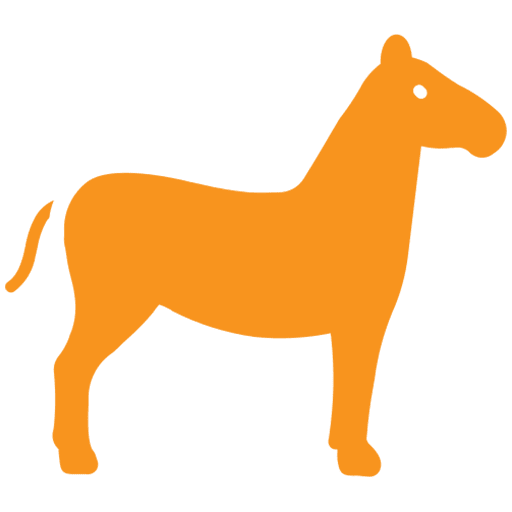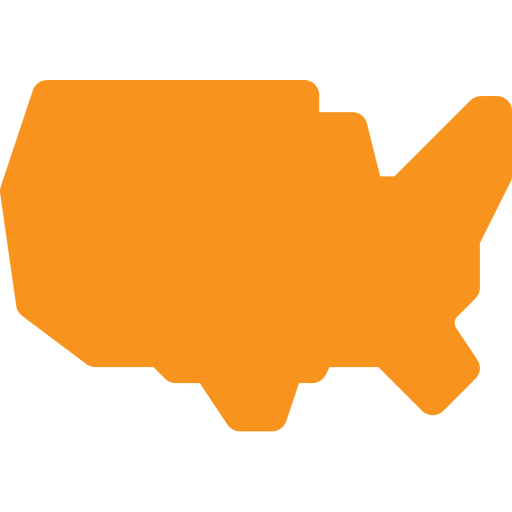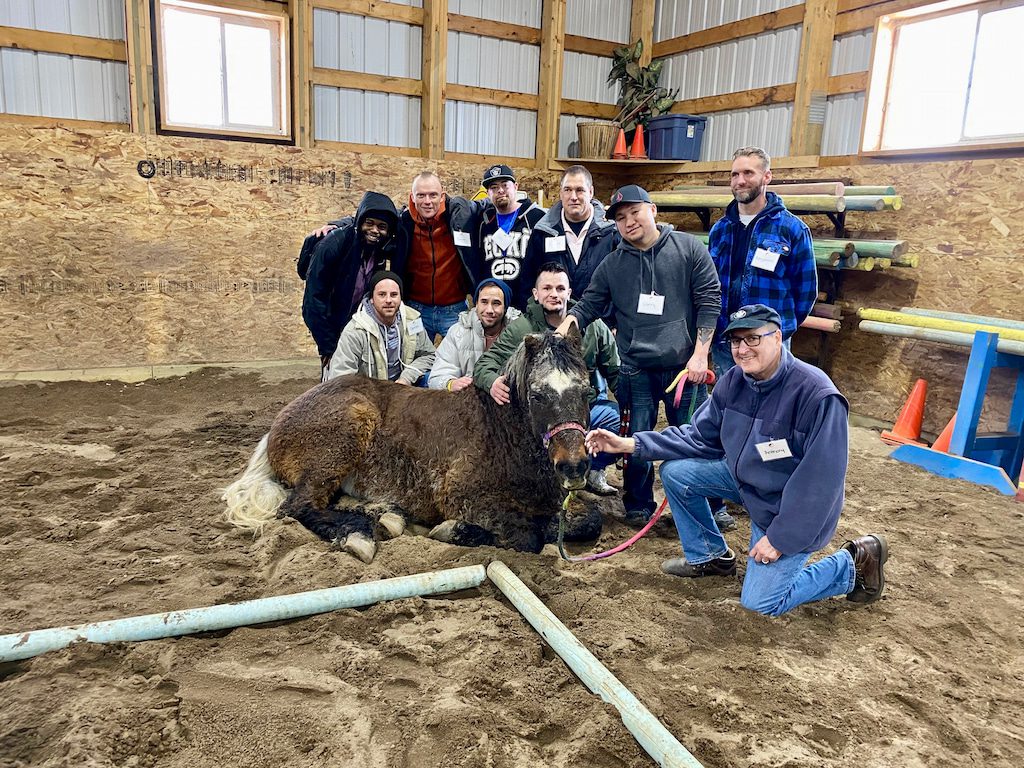Join Equine Connection's FREE "Email Newsletter" Made For Horse Lovers & Equine Business Alike….
continued from part two...
Even in the first program, it really excites me. I think there's something for any of you. Next time you go for a walk somewhere, pay attention to what your eyes are looking at. Are you actually looking where you're going? Or are you looking down at the ground? I have said this to lots of people but I used to look at the ground all the time. I thought, well, because I'm clumsy, it’ll save me. I thought that was going to help me to know what was coming. It turns out, every time I looked down I would fall over a crack in the sidewalk or something like that. It’s because I gave away my power.
Where’s the power and what's on the ground? Trust your feet. Move forward. Shoulders back. There's a lot you can do with body language. I see the participants make the adjustment. They have a different sense in their outlook, even as they are just doing that itty bitty little change.
Here's another story in understanding and it's a huge piece for why we are not the teachers to this certification. It really has to come from the horse in order for us to be able to help through a step-in. Remember our clients may not want to talk but with a horse as their partner they feel more relaxed and open. Our step-ins encourage that openness. They’re not talking to you, they talk to the horse. Remember, the horse is not judgmental, it does not care who you are, they only want to feel safe with a friend. We all want that understanding best friend and this is what our EAL horse becomes, our client’s best friend. They don’t talk back, they listen and they truly want to help.
We get a lot of people who have been certified in other certifications, but then they don’t know what to do with their certification. Lots of times they end up coming here. One lady told me a story (this is to me a perfect example of how we have no right as a human to tell another human what a horse is literally saying).
She was at her certification, working with a horse that was off a lead line. She's with the horse doing her thing. What happened she said is, I was there for quite a while with the horse and I thought of what my brain was saying. So I closed that off, thinking about what I was doing with this horse, soon after the horse walked away. I felt really great about it. As if, I really did something powerful.
She was in the moment with no reminder from anything past or concerns of the future.
She continues, then the facilitator comes over and says, “Do you want me to tell you what the horse is saying?”
Now, if I were that person, if anybody can read minds like that, I want to hear it because I know nobody that can.
What the facilitator says is, what that horse is trying to tell you is you have too much baggage in your life, and you have to clear it up.
Now, can you imagine, there's a person feeling really good about what she's just accomplished with a horse off lead and the horse wanting to stay with her until she didn’t need the horse anymore. She felt it was completed, a closed book. The horse just walks away nice and slow, like it's okay, we’re done, period.
But then the Facilitator now wants this woman to think differently, by saying, oh, this is what the horse is saying. There's a danger at that moment for the woman because we don't want to be the Facilitator who's telling them how they feel.
You know, we need to understand the culture and language of the horse in order for us to step-in. We need to allow the client to come up with their own explanation because they’re the ones that know how they’re feeling.
Here's a perfect example. We step-in because the horse is telling us something. I step-in and say, so what do you think your horse is needing from us right now? I always say us. I never pinpoint it to you or them or whatever. I find it easier as a Facilitator.
What do you think your horse is needing from us right now?
And let's say the client says he needs love. Because you hear this a lot.
What do they do? They keep patting the horse and I'll say, okay, so let's take a look at that for a moment. What's the number one thing a horse needs to feel?
They're going to tell me safe and I'll say exactly. So if this horse is stuck and he's not moving forward, what needs to happen in order for him to move forward?
The client might tell me all kinds of things but the number one thing that's happening is we're now communicating. So there's going to be a change in the horse. I'm going to help the client to understand because of the safety piece, what is it that this horse really needs?
The other question I will ask them is, does this horse need love? Because we know that horses can only react from the stimulus from us humans. Is it the horse that's needing love, or do you think it might be one of us? And guess what your client usually says. The client would say, it's me. I need the love. But you see, now you need to help them to be able to move forward even after they’ve said exactly what it is that they need.
The client needs love at that moment. There's nothing wrong with taking the time to allow that person to digest this. But if we've asked a horse to move forward and then the client goes back and keeps patting the horse because they think it's all about love. Well, that isn’t the answer. We all know that in the horse world because horses can only think, act and respond like a horse, they need a direct action or inference.
We need to move the horse. If he doesn't move. I say, the horse isn’t listening, why? We want to help the client understand that in their own life, they’re working with people. Understanding the horse, is that the horse actually needs you to take leadership as this is how a horse thinks.
You see by applying it to their own life so the love piece can transpire, is good. But it can't happen. If a client has tried to move a horse forward or back up a horse through continual pats and love they’re now teaching the horse that they themselves (the client) are not sure. Know that equine behavior is different. It’s okay to do that for a while but someone has to be the leader and that is the client.
Thinking about how cool it is to parallel whilst in our women's workshops. I remember we had a discussion and I asked a client, is love reciprocal?
She's yes.
I said, so you can just love bomb somebody. It's going to make them love you back.
She says, well no.
Okay. So what is the difference? What do they need to be able to love? What's the definition of love in this instance? What's going to show you that?
Well, he'll come with me.
So what do you need to do so that he feels that he can?
And that's when it turned on the light bulb.
My gosh, I need to have a boundary. I need to be a leader in my own life here and move forward. So he wants to come with me versus, oh, I love you. Please, please, please come with me.
It doesn't work that way. It doesn't work that way with people, you know. So that was a big one for her.
But those Facilitators that aren’t actually listening (watching) to what a horse is saying (action) and able to bring some things in for people to think about, will not help. When we anthropomorphize a horse it’s not going to help people, because we don't know what the horse is thinking or the person or where that person is at. We can never know that piece.
So they will always have a better idea of what the horse is trying to tell them than we will. That’s because they're listening to themselves. And again, with our certification, all of the clients go through this in that foundational first exercise of the Orientation and understanding how a horse actually works in their brain, in their heart, and all the stimulus that comes to them. So they're in
continuous training and understanding it. This allows us as people to make a change, whether it be on the actual body language or intention in our thought and feel. Because if you say, I can't do this, well, you're absolutely right.
How do we change that intention so the horse can follow the leader knowing that they can move forward or they can do it this way? Sometimes it's just a different direction.
This applies to really anyone who wants to work with horses, but really it’s understanding the nature of that horse. And that's why the certification is so great because we continually go over it.
The one other thing we should mention, is, who can benefit from Equine Assisted Learning programs, with an outcome and building skills? You can't go out into the world and say, I'm going to help everybody, because that's not how it’s going to work
You have to have target markets and we help you with all of that too. But there's not a single group of people or single person that cannot afford to build a new skill or to strengthen a skill for a day. Or, for a lifetime really is what it is. It's building all the time. And I think the only thing with our certification is you really need to be the cognitive age of eight and up, and that's through the research that's provided as well.
Through the horses and the exercises, we have to see, feel and experience what our clients are going to be feeling. And of course, it's continuous.
The support for us really is because we have a global team and that we're all in this together. We’re always on our Workplace platform, which allows us to connect with each other globally, even at different times. And even when we're sleeping, the Aussies are up, so it works out. It's perfect.
I know the stimulus that is inside our human body (it's the stimulus/energy that's in our body that goes to the horse) has been researched. So we actually have a visual so that people can see when we’re in anger or if we’re in happiness. Physiological reactions within our body to different emotions are shown through colour ranges in these image examples.
In conclusion, be assured horses are more in tune to these energies than we are. This is why they become an invaluable resource in helping the human stimuli. This is essentially what Equine Assisted Learning is. It is watching our horses' reactions to let us know what physiological reactions are going on with the client. As a Facilitator it is up to us to ask the right questions to help them realize where they are physically and emotionally. When they do come to a conclusion, you’ve just helped clear a roadblock in their life and helped them keep on moving.
Remember, Equine Assisted Learning Facilitators we are all life changers.
JOIN EQUINE CONNECTION'S FREE Email Newsletter
MADE FOR HORSE LOVERS & EQUINE BUSINESSES ALIKE….
Join our community of 118,000+ Life Changers forging their own paths with horses - whether for business or pleasure.
You'll Receive Weekly Emails Designed to Transform Your Relationship With Your Horse, Elevate Your Equine Business & So Much More!
